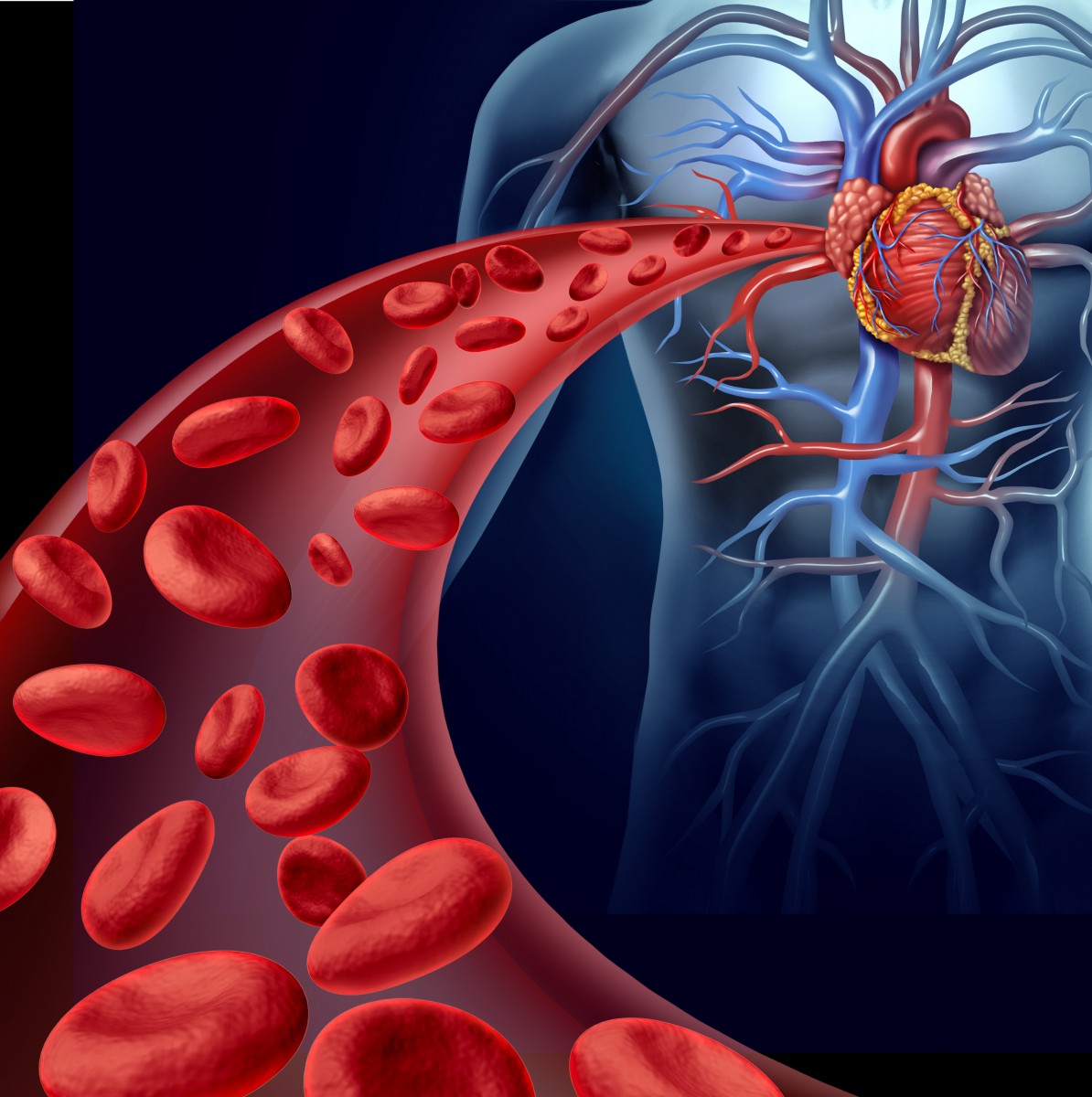Men with Sickle Cell Anemia Occurring with Priapism Highlighted in Case Study

Lightspring/Shutterstock
Sickle cell anemia (SCA), one of the most common hemoglobinopathies, is caused by a mutation in the β-globin gene. In a new research study, the hemorheological and hematological parameters in men suffering from SCA and priapism — a persistent and potentially painful state of penile erection — were investigated.
The study, “Men with Sickle Cell Anemia and Priapism Exhibit Increased Hemolytic Rate, Decreased Red Blood Cell Deformability and Increased Red Blood Cell Aggregate Strength,” was published in the journal PLOS One.
Priapism can be an either painful or painless condition that exists in the absence of sexual stimulus. It is a common manifestation of SCA in adult men, with a prevalence of 30 to 45 percent. Priapism can occur as brief, repetitive clusters called stuttering episodes, or a major event (acute priapism) which causes penile tissue ischemia and inflammation, and can result in penile fibrosis, erectile malfunction, and ultimately lead to impotence.
The research study demonstrated that men with SCA who experienced priapism have higher hemolytic rates, lower RBC (red blood cell) deformability, higher RBC aggregate strength, and lower hematocrit, compared to men with SCA who have never had priapism (the control group). After the removal of patients treated with hydroxycarbamide in the two groups, a lower hematocrit occurred with higher hemolytic rates in the priapism group, but not in the control group. It is also noteworthy that the frequency of α-thalassemia, a condition linked to reduced hemolytic rates, is not significantly lower in the priapism group.
The research study involved a relatively small number of men with SCA, so an association between priapism and the other hemolytic complications could not be studied due to the limited statistical power. But it should be mentioned that every patient included in the study regularly attended the Sickle Cell Center of Guadeloupe, which reduces the effect of heterogeneous medical follow-up on the clinical results. These limitations suggest further studies to address these issues.
In conclusion, the study emphasizes that priapism in men with SCA occurs together with higher hemolytic rates, and has demonstrated that this is also linked to higher RBC aggregate strength and lower RBC deformability — the two hemorheological factors which can disturb blood flow in microcirculatory territories.






